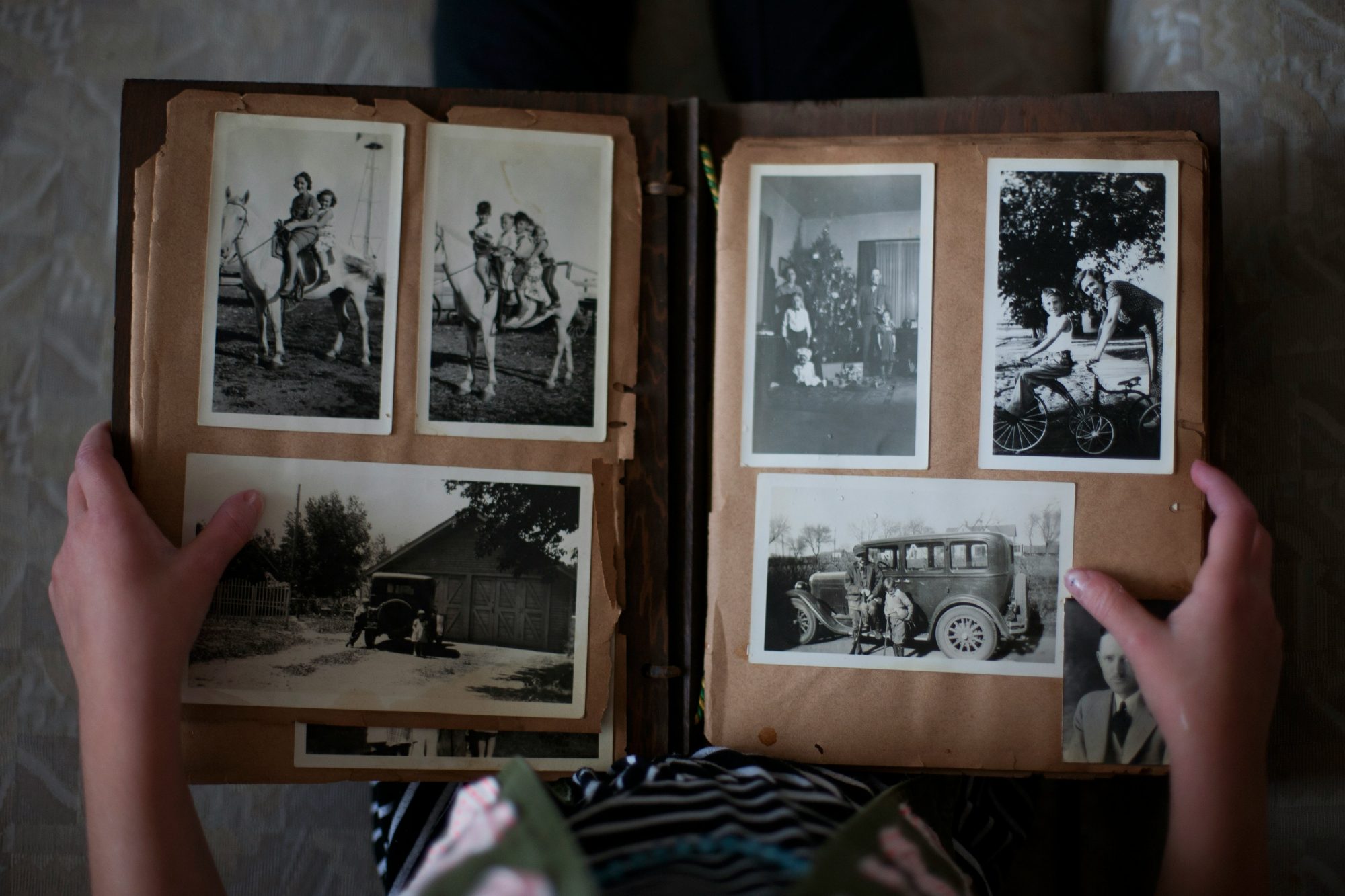
Blog
History of Photography – The Birth of the Eighth Art

History of Photography – The Birth of the Eighth Art
Photography is a relatively recent invention, but we have all throughout history strived to get to that point. Since ancient times, people mimicked the phenomena around them. That need was often exceeded by the need of creating something that will last. Men always wanted something that will survive the inexorable passage of time. That need was present since prehistoric times and over time it only grew stronger.
Photography – The Beginnings
Accordingly, human achievements in that field became increasingly diverse. The idea was born – capture the image, present it exactly as it is and preserve it. The result was a new human invention, called camera obscura (Latin for darkroom). This invention played a crucial role in the later development of photography. This optical device works on a simple principle: it consists of a box with a hole on one side. Light from an external is passing through the hole and strikes a surface inside which is reproduced, inverted with preserved color and perspective. Then, the image is projected on the paper. It represents a highly authentic reproduction. The invention of camera obscura pierced the way for the development of photography.
First photographic images
In the beginning, no one would have thought that the principle of camera obscura could lead to a real photographic process. And it took a long time to do so. The first attempts to capture an image in permanent form happened at the beginning of the 19th century. Around 1800, Thomas Wedgwood made the first reliable documented but unfortunately, unsuccessful attempt. His successor, French inventor Nicèphore Niépce, was much more successful. In the year 1826 or 1827, he made the first known photograph. The image depicts the view from an upstairs window at Niépce’s estate, Le Gras, in the Burgundy region of France.

The first image mankind immortalized
This was a giant step forward in the development of photography. But, the image was far from perfect. The process required several days of exposure in the camera obscura and the result was very crude. From that moment, the development of photography is taking significantly faster flow.
Louis Daguerre and daguerreotype
Niépce’s associate, Louis Daguerre quickly went on to develop the first known photographic process which bears his name, the so-called daguerreotype. This process was introduced worldwide in the year of 1839. For nearly twenty years, the photographers were using it. In 1860 the new, much easier, and less expensive processes started to appear. These new processes were the result of persistent research in the field of image capturing.
Calotype
In 1841, William Henry Fox Talbot invented the calotype. Like Daguerre’s process, it used the principle of chemical development to reduce exposure time. The difference was that Talbot’s process could make a large number of prints using simple contact printing. This process had another specific characteristic: its final product lacked clarity due to translucent paper negative. But that was a very good attribute for portraits because it softened the appearance of the human face. So, Talbot’s process was very popular. However, the distribution was greatly limited as Talbot patented his process.

A fine example of a well-preserved mid-19-century studio photo.
Collodion
Still, during the 40s and 50s of 19th-century portrait photos became very popular. The invention of the collodion process, the official replacement for the daguerreotype, additionally contributed to the popularity of portraits. This process significantly improved the resolution of photography. It was another big step for photography development. The popularization of photography (especially portraiture) takes a big swing during the 50s and 60s. Famous Parisian caricaturist, journalist, and novelist Nadar (pseudo. for Gaspard-Felix Tournachon) opened his portrait studio in Paris. Paris was emerging as the center of the art of photography.

Late 19th-century cardboard photo taken outside a photographer’s studio. Even if the photo shows less detail, it is quite rare to see photographs outside the studio.
All of these inventions made it possible for photography to take an artistic form and to provide people the possibility to enjoy permanently captured images in a new way. Maybe one of the most popular events in the early history of photography was the invention of the carte de visite, by French photographer André-Adolphe-Eugène Disdéri. Carte de visite represents a small photographic image mounted on a card. This Frenchman and his invention had had a great influence, as he made the mass-production world portraiture world.
Image (1) property of Hary Ransom Center
Images (2,3) from actual listings on Sigedon Books and Antiques













